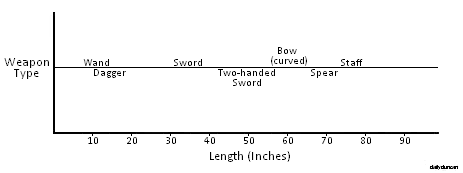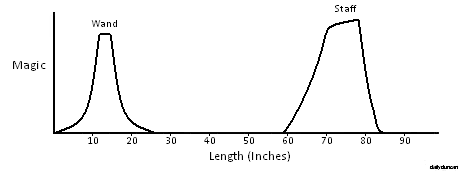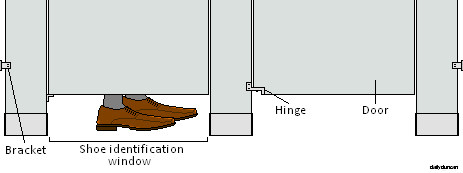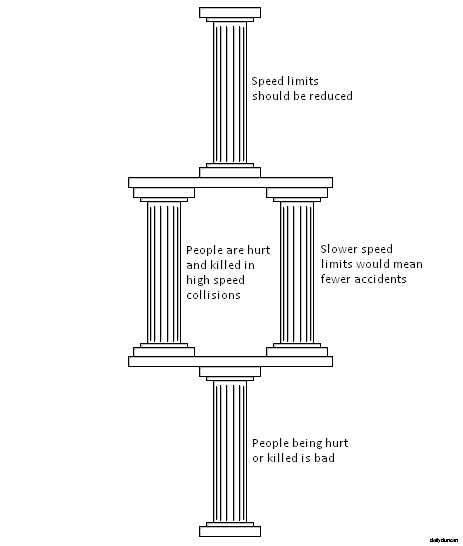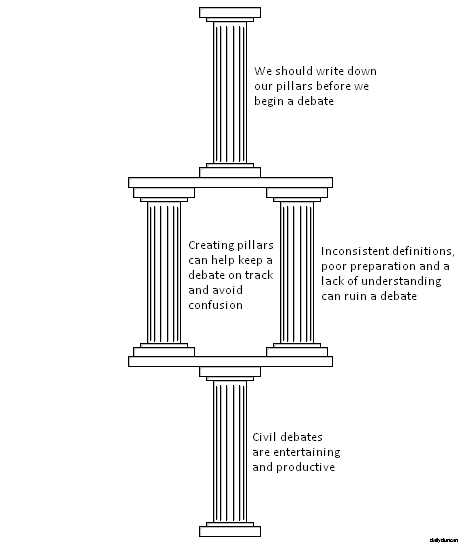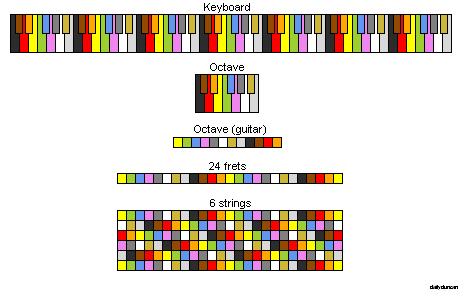Whether motivated by a biological imperative or the need to vicariously atone for their own deficiencies, parents pursue the success of their children with fanaticism. And since we all know that education is the foundation for happiness and wealth, it is often the center of parental focus. Even after secondary graduation, the importance of education is stressed by parents as well as left-wing radicals bent on brainwashing young minds.
So how do we know whether or not a student is succeeding in school? The answer is by simply looking at the student’s grades. What isn’t so simple is the method by which those grades are calculated, interpreted and transcribed.
The basic concept of grading is that teachers award their students a score for each of their assignments and exams. Then, using the student’s combined scores, a grade is assigned. This grade determines the student’s level of achievement in the class and dictates whether they are passing or failing. Although nearly all institutions assign grades in this way, their interpretation of a student’s performance will vary significantly. In some countries, students are graded on a 1 to 20 scale, some simply use 1 to 5, while others assign letters.
In many parts of the world, most predominantly America and Western Europe, a student’s score is expressed as a percentage representing the ratio of correct answers to problems given. For example, a student who answered 24 questions correctly out of 31 is given a score of 77. Now everything up to this point has made sense, but we’re about to make a bumpy trek into the world of letter grades.
In an attempt to more clearly communicate the level of achievement, many nations have adopted some form of alphabetized ranking derived from the percentage score. In these systems, the letter A indicates the highest grade, while E or F represent the lowest. Here are some different interpretations of the letter grade system:
| United States |
Ireland |
Singapore |
Pakistan |
Jordan |
| A |
90-100 |
A |
85-100 |
A1 |
75-100 |
A1 |
90-100 |
A |
60-100 |
| B |
80-89 |
B |
70-84 |
A2 |
70-74 |
A |
70-90 |
B+ |
55-59 |
| C |
70-79 |
C |
55-69 |
B3 |
65-69 |
B |
60-70 |
B |
50-54 |
| D |
60-69 |
D |
40-54 |
B4 |
60-64 |
C |
50-60 |
C+ |
43-49 |
| F |
0-59 |
E |
25-39 |
C5 |
55-59 |
D |
40-50 |
C |
35-42 |
|
|
F |
0-24 |
C6 |
50-54 |
E |
33-40 |
F |
0-34 |
|
|
NG |
0 |
D7 |
45-49 |
|
|
|
|
|
|
|
|
E8 |
40-44 |
|
|
|
|
|
|
|
|
F9 |
0-40 |
|
|
|
|
As we can see, there is great variety even among nations that use letter grades. To complicate things further, many districts consider letter grades too vague, so plus and minus suffixes are used to add complexity to a system designed to be simple. Here’s how it works in most American schools:
| United States |
| A |
90-100 |
A+ |
98-100 |
| A |
93-97 |
| A- |
90-92 |
| B |
80-89 |
B+ |
87-89 |
| B |
83-86 |
| B- |
80-82 |
| C |
70-79 |
C+ |
77-79 |
| C |
73-76 |
| C- |
70-72 |
| D |
60-69 |
D+ |
67-69 |
| D |
60-66 |
| F |
0-59 |
F |
0-59 |
Now we would expect that such a finely-tuned system would satisfy all concerned parties, but this isn’t the case. Because employers and post-secondary institutions often wish to know the overall average grade of a student during a semester or program, an entirely new system was devised: the grade point average (GPA).
Grade points are awarded based on either the student’s final letter grade or percentage score achieved in a class. Most institutions use a system in which students are awarded between 0 and 4 points per course. Institutions that use use percentages to calculate grade points do is in a number of ways, and the most common is to simply divide the percentage score by 100 and multiply the product by 4.
Institutions that determine grade points using letter grades will simply translate an A as 4 points, B as 3 points, C as 2 points, D as 1 point and an F as 0 points. However, letter grade suffixes allow a student to be awarded more than 4 grade points for a single course. In many schools, the plus or minus suffix simply adds or subtracts 0.3 or 0.33 to the grade point value.
| Standard 4 Point System |
4 Point System with Suffixes |
| A |
90-100 |
3.5-4.0 |
A+ |
98-100 |
4.3 |
| A |
93-97 |
4.0 |
| A- |
90-92 |
3.7 |
| B |
80-89 |
2.5-3.49 |
B+ |
87-89 |
3.3 |
| B |
83-86 |
3.0 |
| B- |
80-82 |
2.7 |
| C |
70-79 |
1.5-2.49 |
C+ |
77-79 |
2.3 |
| C |
73-76 |
2.0 |
| C- |
70-72 |
1.7 |
| D |
60-69 |
1.0-1.49 |
D+ |
67-69 |
1.3 |
| D |
60-66 |
1.0 |
| F |
0-59 |
0.0-0.99 |
F |
0-59 |
0.0 |
The grade point average is then calculated by adding together a student’s grade points and dividing by the number of courses taken during that time. Sometimes grade points also incorporate the credit value of courses by multiplying each course GPA by its credit value, then dividing by the total credit value of courses taken.
So to recapitulate, here’s how grades are calculated:
- Assignments and exams are graded with a score, usually a ratio of correctness (24/31).
- The ratio is expressed as a percentage (77%).
- The percentage is converted to a letter grade, sometimes with a suffix (C+).
- A combination of percentage, letter grade and course credit value is translated into grade points (2.3).
- The grade points are divided by the number and/or value of courses taken, resulting in the grade point average.
Now if you begin to feel an intense and crushing feeling of terror at the concept, don’t be alarmed. That indicates only that you are still sane. For in the same way that the measurement of fuel consumption and time have been corrupted by counterintuitive expressions and unnecessary calculation, grading also suffers from superfluous complexity.
We should not manipulate systems to suite our interpretation but interpret the expressions of the simplest and most efficient system. In this case, a percentage is the simplest and most efficient expression of a grade, since it is nothing but the numerical representation of the correctness of a score. Letter grades, suffixes, grade points and grade point averages are all derived, directly or indirectly, from the percentage, and they necessitate additional levels of interpretation to understand.
Whether expressed as a B, B+, 3.3 or 3.4, everyone understands that 88% is a pretty good score, so let’s just grade in percentages.

